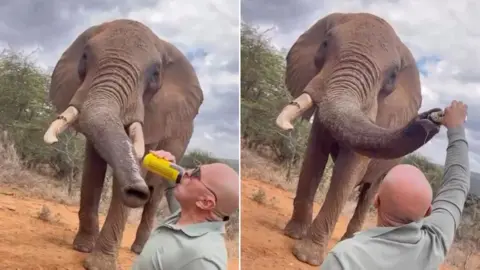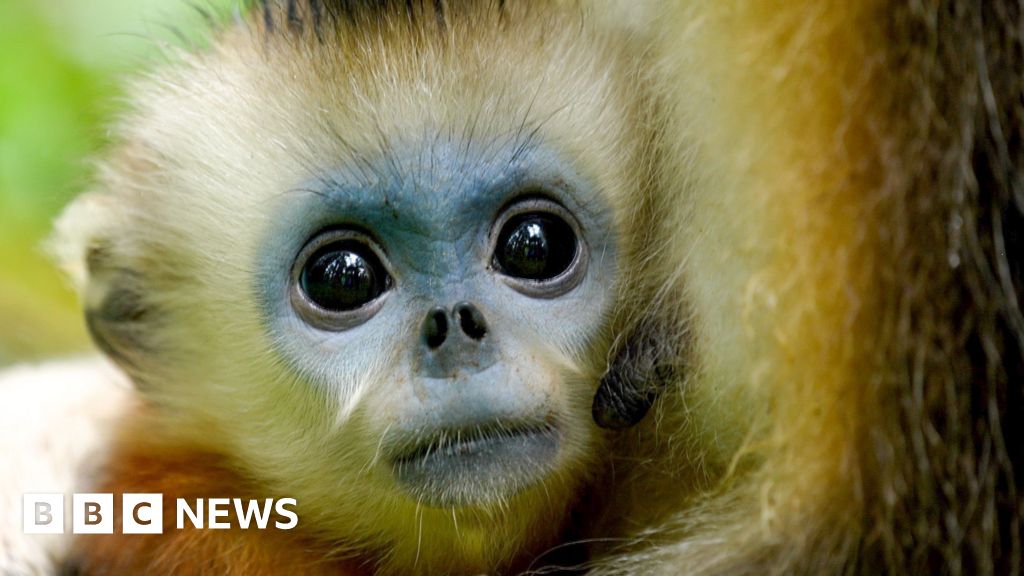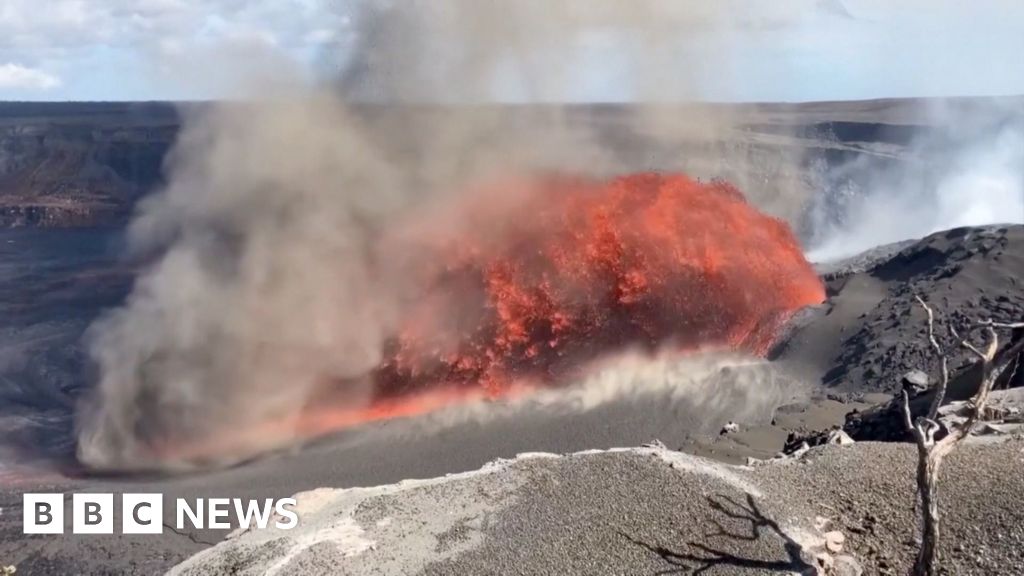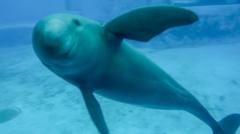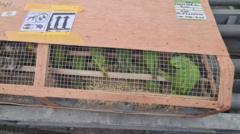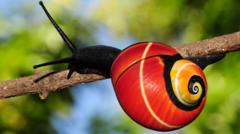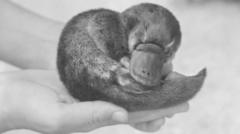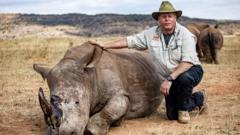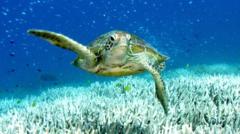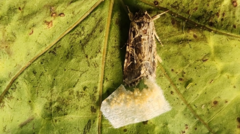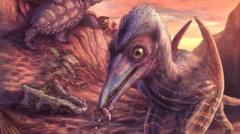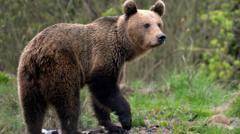The aviary door swung open, revealing the five young ʻalalā their first glimpse of freedom outside. This moment marked a significant milestone in the journey to save a species that has been absent from its natural habitat for two decades. With only around 110 of these glossy black birds remaining, the stakes are high. In November, a new strategy was employed by a coalition of nonprofit, state, and federal partners to release the crows on Maui, diverging from previous efforts that targeted their native Big Island range. The rationale behind this move hinges on the need to protect these birds from hawks, which had severely impacted past reintroduction attempts.
Alison Greggor, an ecologist with the San Diego Zoo Wildlife Alliance, emphasized the hope riding on these birds, stating, “They are shouldering all of the hopes of their species.” While earlier releases faced numerous challenges—including attempts to instill a fear of predators—the team remains optimistic that Maui’s environment can provide a more secure home for the ʻalalā. By addressing past predation risks, they aspire to successfully establish a thriving population before eventually restoring these birds to their original habitat on the Big Island. This effort represents a crucial step in the ongoing battle against extinction in Hawaii’s unique ecosystem.
Alison Greggor, an ecologist with the San Diego Zoo Wildlife Alliance, emphasized the hope riding on these birds, stating, “They are shouldering all of the hopes of their species.” While earlier releases faced numerous challenges—including attempts to instill a fear of predators—the team remains optimistic that Maui’s environment can provide a more secure home for the ʻalalā. By addressing past predation risks, they aspire to successfully establish a thriving population before eventually restoring these birds to their original habitat on the Big Island. This effort represents a crucial step in the ongoing battle against extinction in Hawaii’s unique ecosystem.


